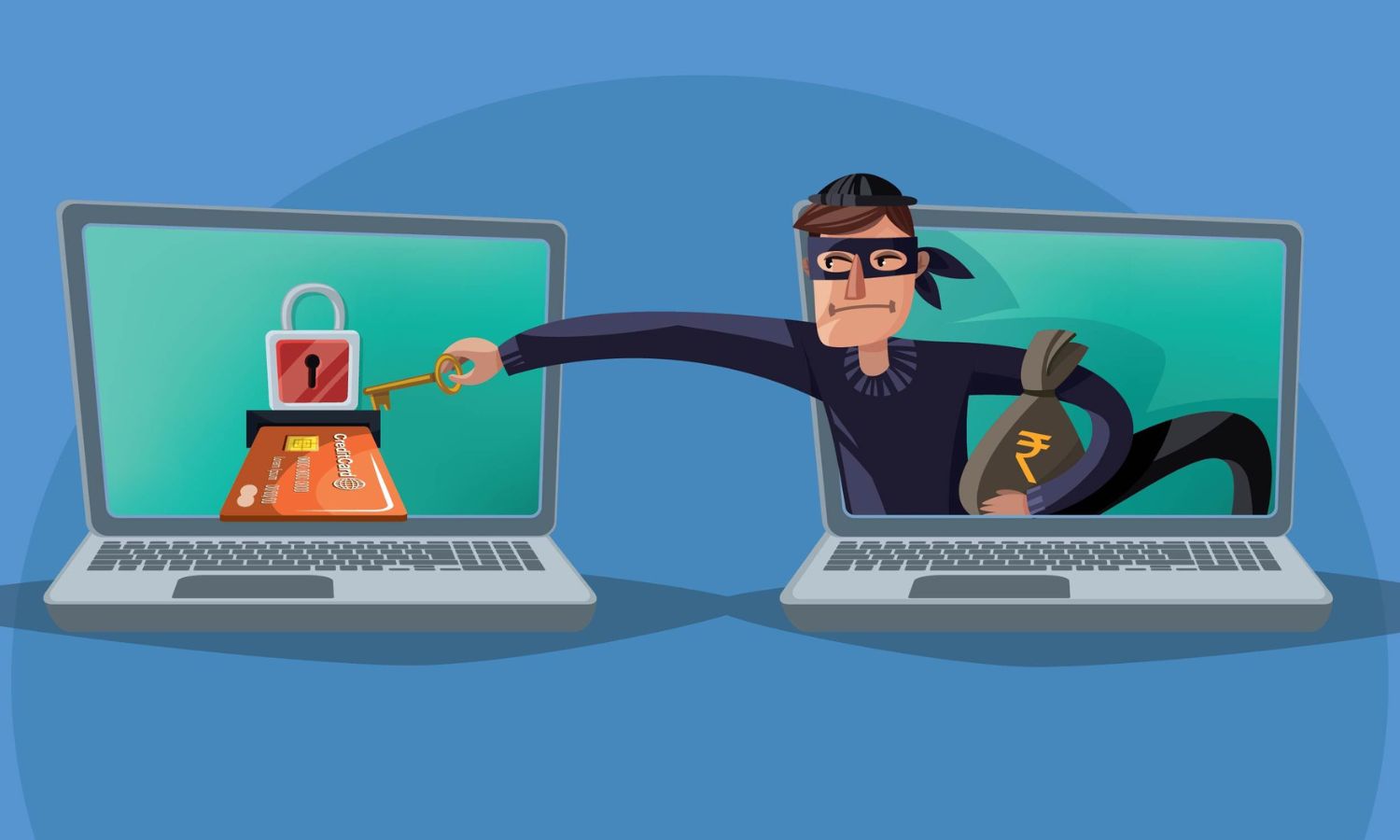Fraudulent activities take various forms, many of which are prevalent in today’s digital landscape. One of the most common forms of online fraud is payment fraud and its subtypes.
Payment fraud occurs when malicious individuals acquire sensitive payment information from customers or businesses and use it to steal money or property. While this often happens during data breaches, isolated incidents of payment fraud can also occur. Payment fraud poses a significant challenge for both consumers and businesses. According to annual reports, there were more than 45 million cases of card-not-present fraud incidents in 2022 alone.
Those involved in payment fraud typically obtain and utilize a consumer’s social security number, personal health data, bank account numbers, email passwords, or state identification information, such as driver’s licenses. These pieces of information facilitate further access to private financial data, such as birthdates.
Payment fraud doesn’t follow the same pattern each time, and its numerous subtypes make detection and prevention challenging. Advanced machine learning fraud detection software has helped mitigate some instances through real-time monitoring and adaptive risk scoring. However, human vigilance remains essential in minimizing successful fraud attempts.
Types of Payment Fraud:
Card-not-present fraud (CNP): CNP is the broadest subtype of payment fraud, encompassing various other subtypes. It involves using stolen card information for purchases where the physical card is not required. CNP fraud often occurs online through techniques like credential stuffing, data breaches, synthetic identity theft, and P2P payment applications.
Phishing: Phishing is one of the oldest online fraud methods. Scammers send emails that appear to be from reputable sources, such as banks or businesses, soliciting personal information or login credentials.
Business email compromise (BEC): In BEC scams, scammers impersonate company executives to extract confidential information from employees.
Skimming: Skimming involves capturing cardholder data, including PINs, at ATMs and point-of-sale terminals. This data is then used for fraudulent transactions.
Identity theft: Identity theft can have severe consequences, affecting credit scores, draining bank accounts, and causing financial distress.
Account takeovers: Account takeover fraud occurs when fraudsters gain enough information to access and control a person’s financial accounts.
Pagejacking: Scammers create fake web pages that mimic legitimate ones to collect information from unsuspecting users.
Chargeback fraud: This occurs when a customer disputes a legitimate purchase with their financial institution, sometimes dishonestly.
Card testing and card hopping: Scammers test stolen credit card information with small purchases and, if successful, engage in card hopping by making multiple fraudulent purchases.
Unauthorized purchases on the deep, dark, and open web: Criminal activities take place on different layers of the internet, from illegal online marketplaces to hidden forums on the deep web and the anonymity of the dark web.
How to Detect and Prevent Payment Fraud:
Effective safeguards have been implemented to protect against payment fraud. These include “Know-Your-Customer” (KYC) measures, updated fraud prevention practices, partnerships with reputable software vendors and payment processors, employee training in cybersecurity, and scheduled password and login token changes. Multi-factor authentication is also crucial.
Despite these measures, malicious parties continue to develop KYC bypass tactics, such as fake driver’s licenses/selfie verification, synthetic biometrics, VPN usage, and fraud-as-a-service.
Sift Payment Protection:
Sift’s Payment Protection offers a comprehensive solution to combat payment fraud, enhance business revenues, and manage risks. It employs advanced machine learning and fraud detection to automatically identify and block suspicious transactions, prevent fraudulent currency movement, and develop safeguards against alternative payment abuse.
READ MORE
This California City Has Been Named the Scariest Roads in the State

